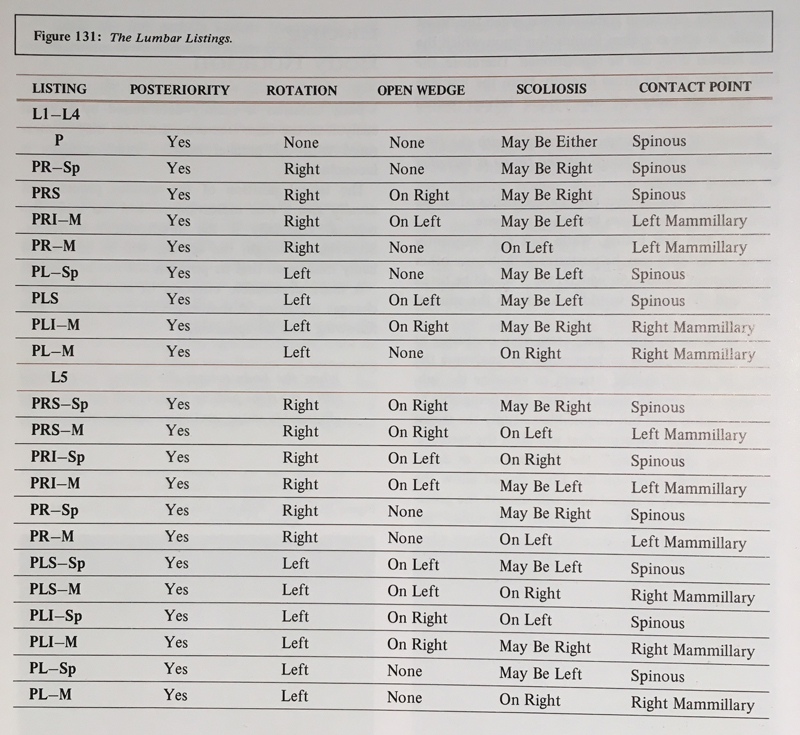Side Posture Adjusting
This is a brief overview of a common chiropractic adjusting position, commonly referred to as side posture. This involves the patient lying on their side and, having one leg bent, receiving an adjustment to the low back or pelvis as the doctor stands adjacent to the patient.
The table used may be referred to as a pelvic bench, or as simply a chiropractic table, depending on the particular model.
Occasionally, patients who are moderately familiar with this adjustment position, will refer to it as “the one on my side.”
This may be correct, it is also an over-simplification.
While a complete description of each possible adjustment in this position would help the reader get a deeper understanding of this topic, it would also be full of jargon, complicated and confusing for many, if not most.
Take the following example. The 5th lumbar, (the bottom bone in the spine with a true intervertebral disc), has 13 different categories of adjustments, in the Gonstead Chiropractic System.
Each ilium, the large and fundamental structures of the bony pelvis, each have 8 distinct categories, totaling 16 between the two (one on each side).
The lumbars above the bottom 5th lumbar have 9 apiece, totaling 36 different categories, bringing us to 65 without considering the many varied combinations of addressing the sacrum, which vary depending on the source from 6, to 10, or many more.

Of course, there are other systems in chiropractic, each with their own varying level of detail in their adjusting methods.
To contrast this to the idea of “that one on my side,” meaning that one simple adjustment delivered in side posture, indicates that there are different belief systems involved with this practice.
While patients should not be expected to have this understanding, and would have no reliable place to get this information (outside of this article or other more hard-to-get, industry-specific literature), in my opinion it is worthwhile for the professional to have a detailed approach.
The idea being that when given the opportunity, more detail, and more specificity, is more worthwhile than less.
While we as humans have a general physical pattern and features in common, when looking for a specific solution to a specific problem, generality is less helpful than specificity.
The greater the fine-tuning of the solution to the specific needs of the individual, the greater likelihood of a match with the needs of the individual.
Consider the analogy to language. A simple spoken tone does not connote much meaning, while some animals have sounds for a dozen meanings or more. Humans have been able to accomplish exponentially greater advancement than animals, partly by a language that has a massive range of specific words and sounds, all conveying a specific meaning.
In the same light, the side posture position of a patient on the pelvic bench can be used as a one-note tool or a setting with a massive variety of aims to be achieved, depending on the desired outcomes.
While the details can be daunting for someone without professional training, the analogy is still useful.
In that, when we hear a foreign language spoken, we know, even without understanding the words, that there is a stream of useful information being exchanged being the speaking parties.
And while we may know only one or a few languages, a simple static tone has less utility for communication.
The side posture position is the same, a wide variety of particular details can be conveyed depending on the intention of the user.
